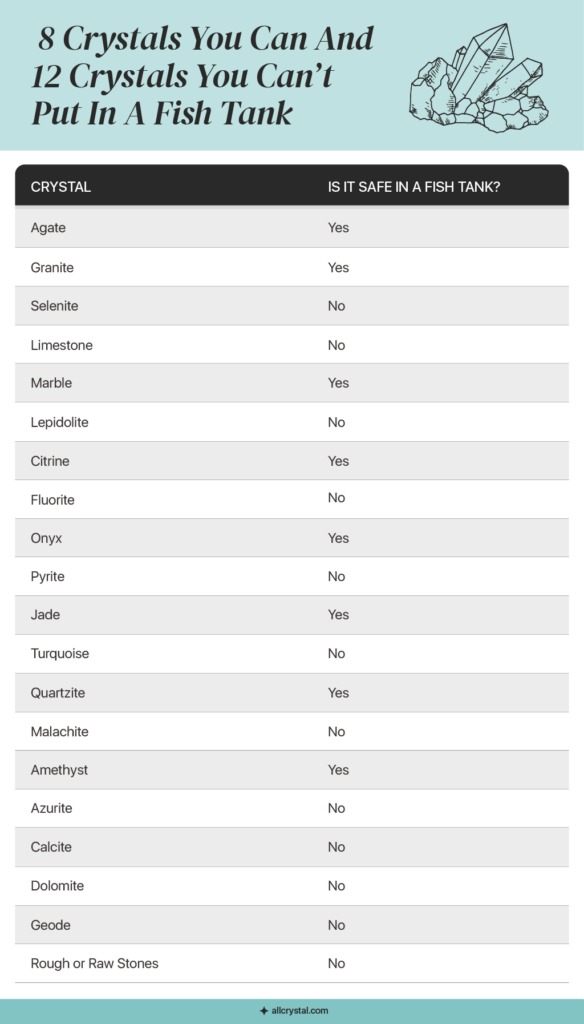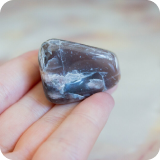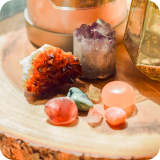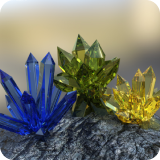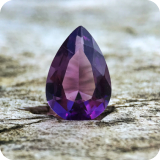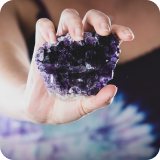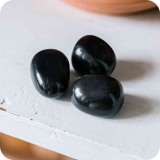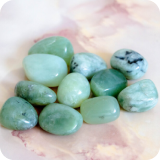- Overview: Crystals And Fish Tanks
- 8 Crystals That Can Go In Fish Tanks
- 12 Crystals That Cannot Go In Fish Tanks
- Conclusion
Crystals possess unique beauty and metaphysical properties, which is why many people have been incorporating them into their homes, including fish tanks and aquariums. But not all crystals are suitable for fish tanks. Can you put crystals with fish?
It is essential to choose the correct gems to protect your aquatic creatures. Some crystals don’t change the chemistry of fish or water, but some leak dangerous chemicals into the water, which could kill your fish if the pH level changes.
Find out in our complete guide which crystals are safe for fish and can add a touch of magic to your fish tank. You’ll also learn which crystals you should stay away from to keep your fish healthy.
Overview: Crystals And Fish Tanks
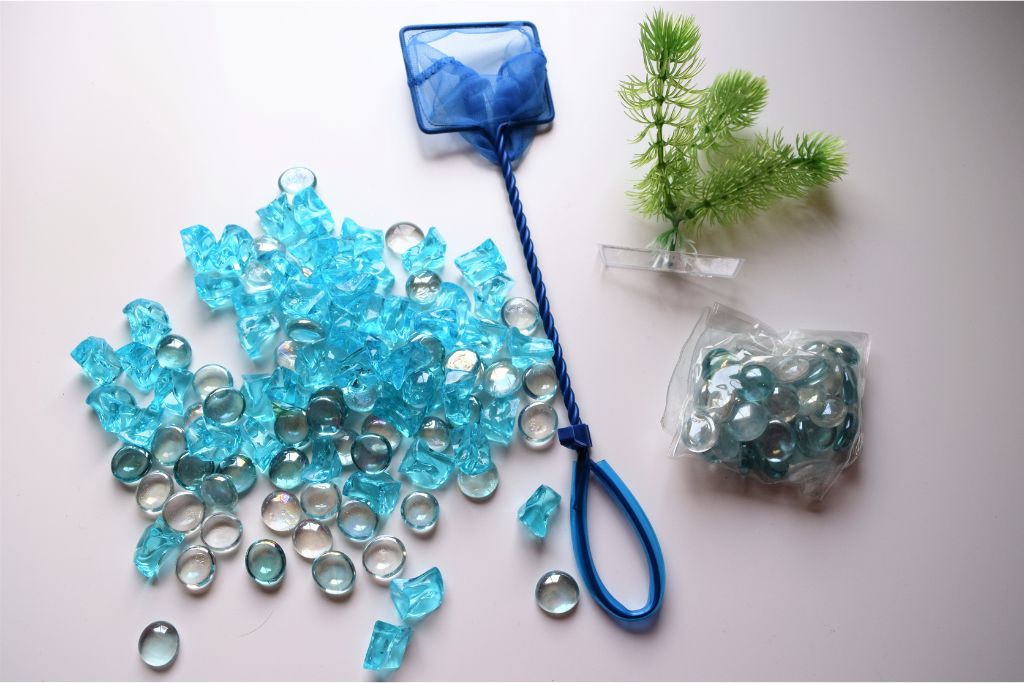
Crystals and fish tanks can be therapeutic and beautiful. Fish tanks are aquariums that display diverse fish, while crystals have been used in spiritual and cultural traditions for ages.
Some crystals are used as decorations to make underwater fish tank scenes. People also think they help fish by making them calmer, lowering their stress, or improving the water. But there isn’t much scientific proof to back up these claims. Instead, they are mostly based on personal beliefs and preferences.
With this in mind, it is important to consider the safety concerns related to fish tank crystals. Understanding that not all kinds of crystals complement the aquatic environment is crucial. Certain minerals may contain toxic elements, such as copper, lead, or zinc, which are harmful when introduced into the fish.
It is recommended to avoid incorporating the crystals directly into your fish tank. You may place them outside the tank to serve as decor or in a separate area nearby. But if you still wish to put the stones inside the tank, research and choose non-toxic and aquarium-safe crystals.
8 Crystals That Can Go In Fish Tanks
Aquarium-safe crystals given below can create a mesmerizing underwater environment. They can enhance the overall appeal and offer potential benefits for your fish and their habitat.
Agate
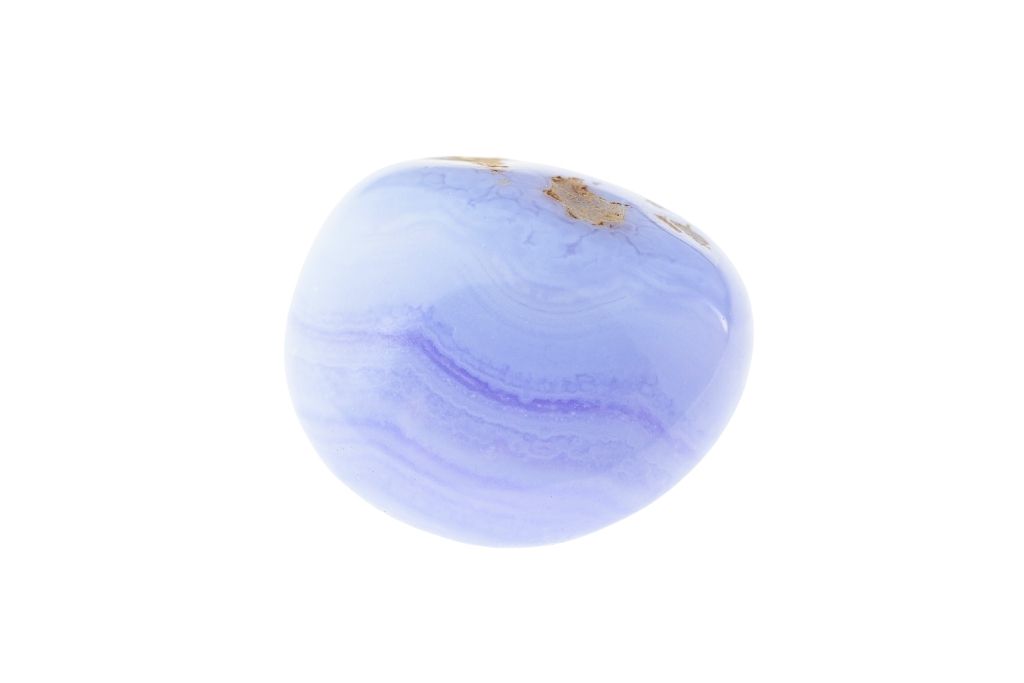
This type of mineral can be found in fish tanks due to its non-toxic properties. Aside from that, Agate does not alter the water’s chemistry or affect its pH balance.
In addition to its decorative purpose, the said crystal provides hiding spots or shelter for smaller fish that prefer secluded areas.
To ensure the overall positive effect and energy embedded in Agate, you should clean and charge them by scrubbing and washing the crystal under running water and placing it in sunlight or moonlight for a few hours.
Granite
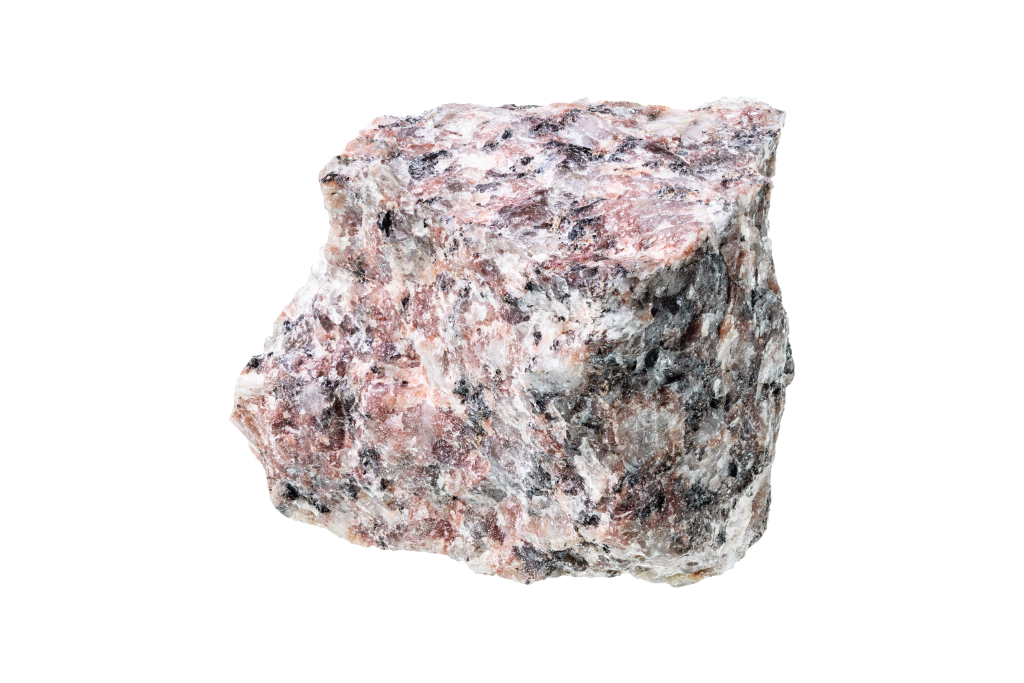
Granite can be crystals in aquarium decoration, unlike other rocks, because it does not expel dangerous chemicals into the water. It can be submerged in water to provide a natural habitat for fish since it can create caves, crevices, and hiding spots for fish. The rough texture can also encourage the growth of beneficial bacteria inside the aquarium.
Make sure to cleanse and charge your Granite before adding it to your fish tank by soaking it in water and aquarium-safe cleansers and rinsing it gently to remove any residue. Setting the crystal in the sunlight or placing it in non-chlorinated water for a few days will remove all remaining impurities, preparing it for aquarium use.
Marble
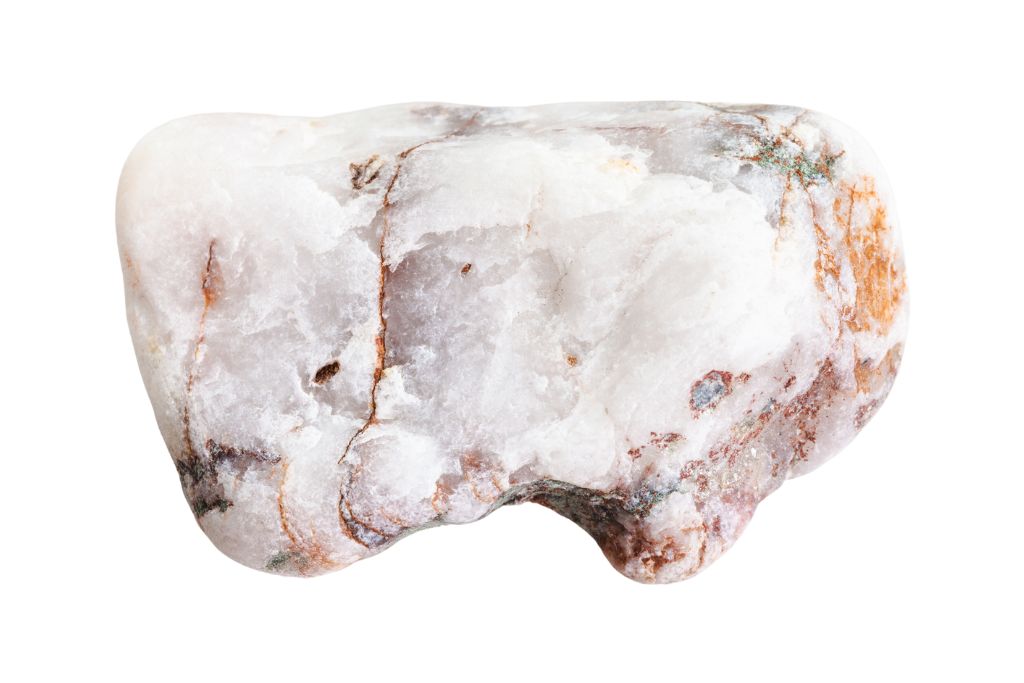
Besides its aesthetic appeal, Marble is a safe crystal you can include in your aquarium. The smooth surface of this crystal allows for easy cleaning and maintenance, reducing the growth of bacteria.
It acts as a substrate that provides a solid base for plants, rocks, and other decorations, contributing to a more balanced and stable ecosystem for fish. It is important to gently cleanse the crystal by avoiding harsh chemicals and soaking it in aquarium salt before placing it in the fish tank.
Citrine
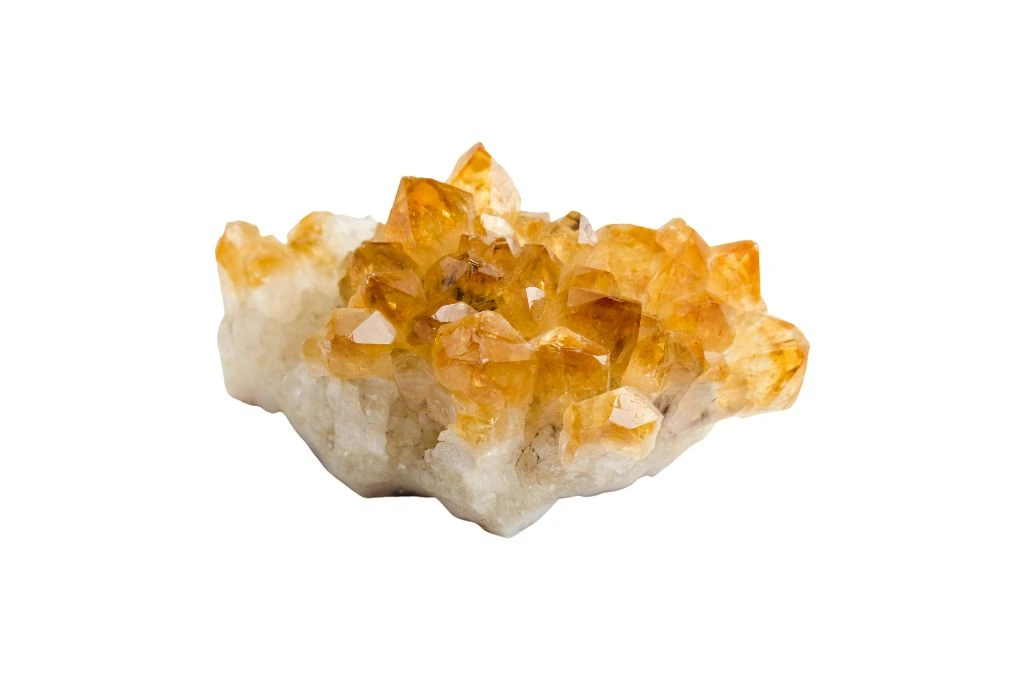
Citrine is a suitable choice for aquarium use, with its given non-toxic nature and metaphysical properties that help create a positive environment for the fish.
When preparing to use Citrine in a fish tank, it is recommended to clean it by rinsing the Citrine in cool, running water or by leaving it in saltwater overnight. Charging the crystal under the sunlight and moonlight for a few hours will clear potential energetic imbalances.
Onyx
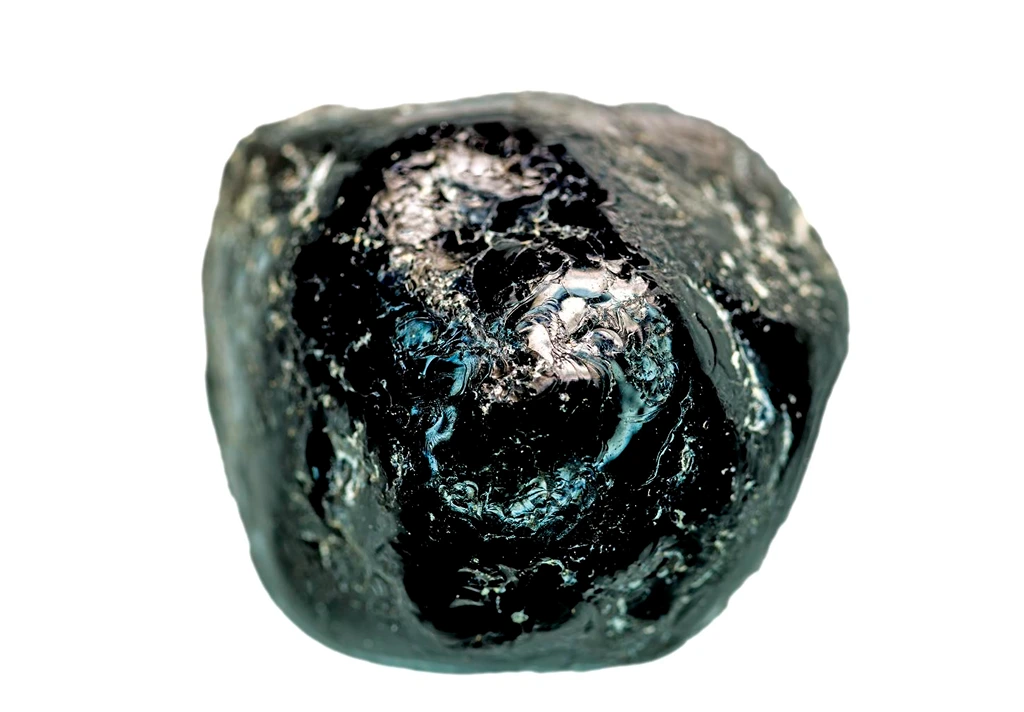
Onyx is safe to use underwater since it is a type of cryptocrystalline Quartz that is commonly used in fish tanks for decoration. The form of this crystal is smooth and polished, making it unlikely to expel harmful substances.
Onyx also serves as a hiding spot for some territorial fish and can help maintain the water quality. To ensure the purposive effect of your crystal, clean the stone with plain water, avoiding chemicals. You may allow it to dry completely to prevent excess moisture that may affect the fish tank water parameters.
Jade
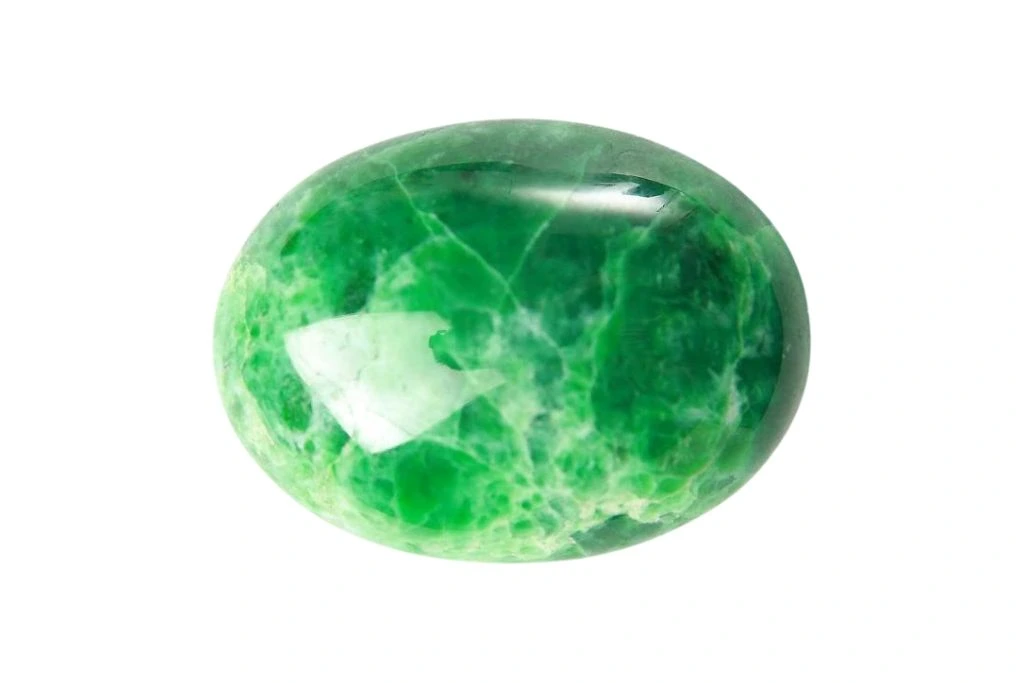
Described as a dense and complex gemstone that does not release harmful substances into the water, Jade is a good choice of crystal. It offers a natural substrate or decoration that provides a visually pleasing and balanced aquatic environment.
Correctly cleansing and charging your Jade before putting it in your fish tank is essential. Wash your crystal under running water or soak it in mild bleach briefly. Exposing it to sunlight or moonlight will allow the crystal to absorb natural energies.
Quartzite
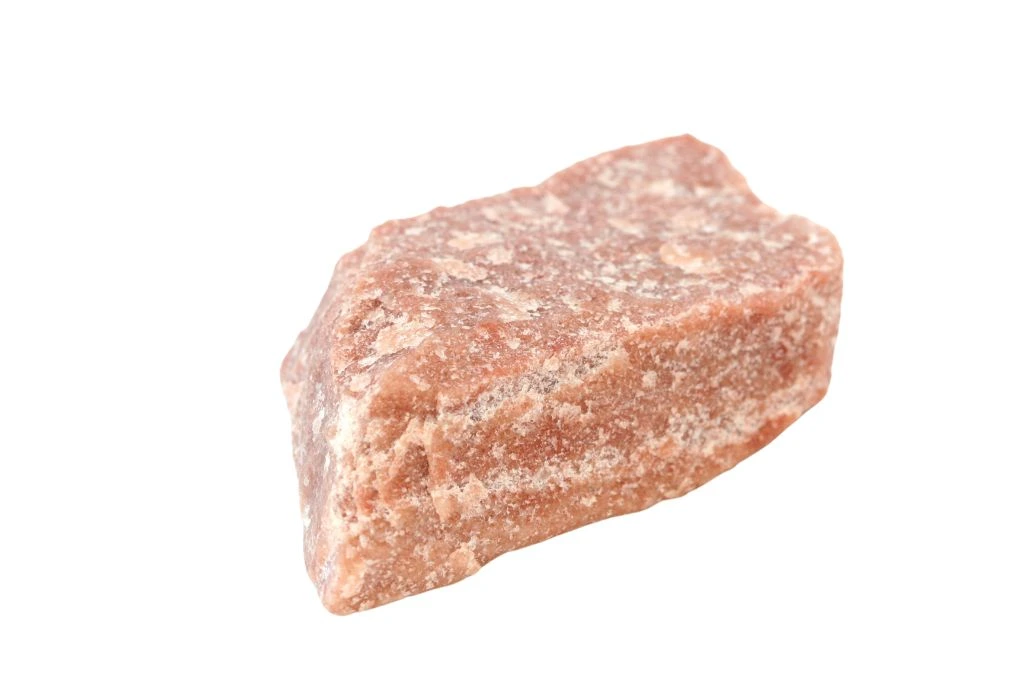
This aquarium-safe crystal is a type of metamorphic rock commonly used as a decorative element in fish tanks. Aside from that, Quartzite breaks down harmful chemicals, such as ammonia and nitrite to promote an overall healthy environment for your species.
You should avoid using soap and detergent when cleaning the Quartzite. One of the best options in cleaning and charging your crystal is to add a dechlorinator to the water to neutralize chlorine then air dry the crystal altogether to avoid unnecessary molds forming inside the aquarium.
Amethyst
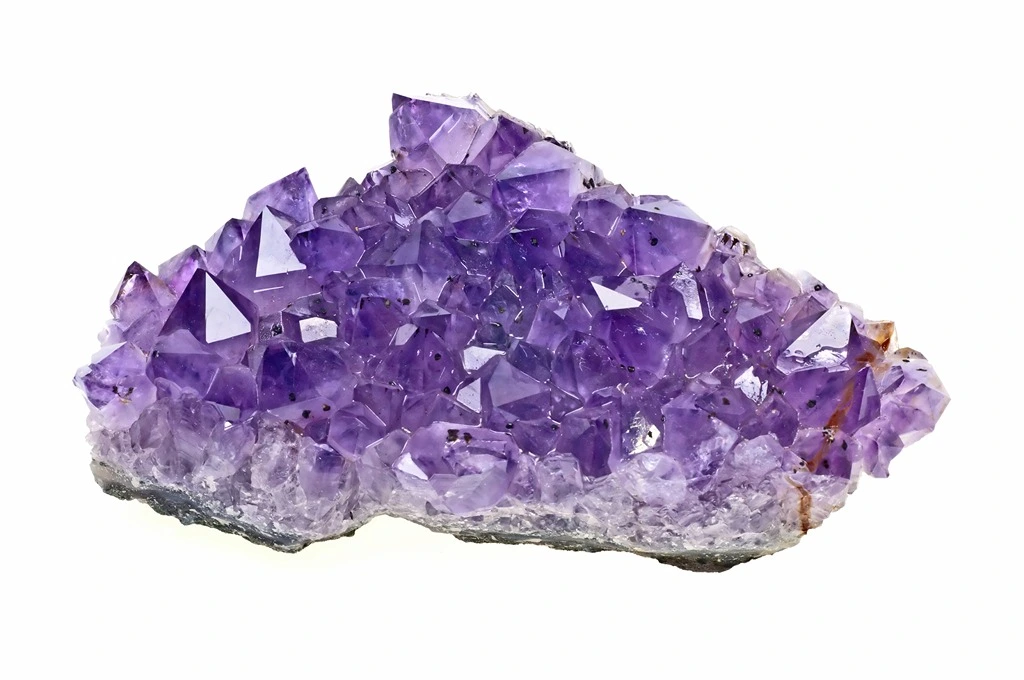
The smooth surface of Amethyst is unlikely to cause any physical harm to the fish, making it one of the sought-after crystals for aquarium use. Despite the lack of scientific evidence, others still believe that having Amethyst inside a fish tank can create a calming environment for the fish.
One common cleansing method for Amethyst is placing the crystal under running water for a few minutes while imagining any negative energies being washed away.
Burying the crystal in sea salt or putting it on a bed of salt is another method that you can practice. Sunlight and moonlight can help in charging your crystal.
12 Crystals That Cannot Go In Fish Tanks
Exercising caution when selecting aquarium-safe crystals is essential to avoid potential harm to the fish and aquatic life. While there are crystals that can coexist with your fish, there are also lists of unsafe rocks for aquariums.
Selenite
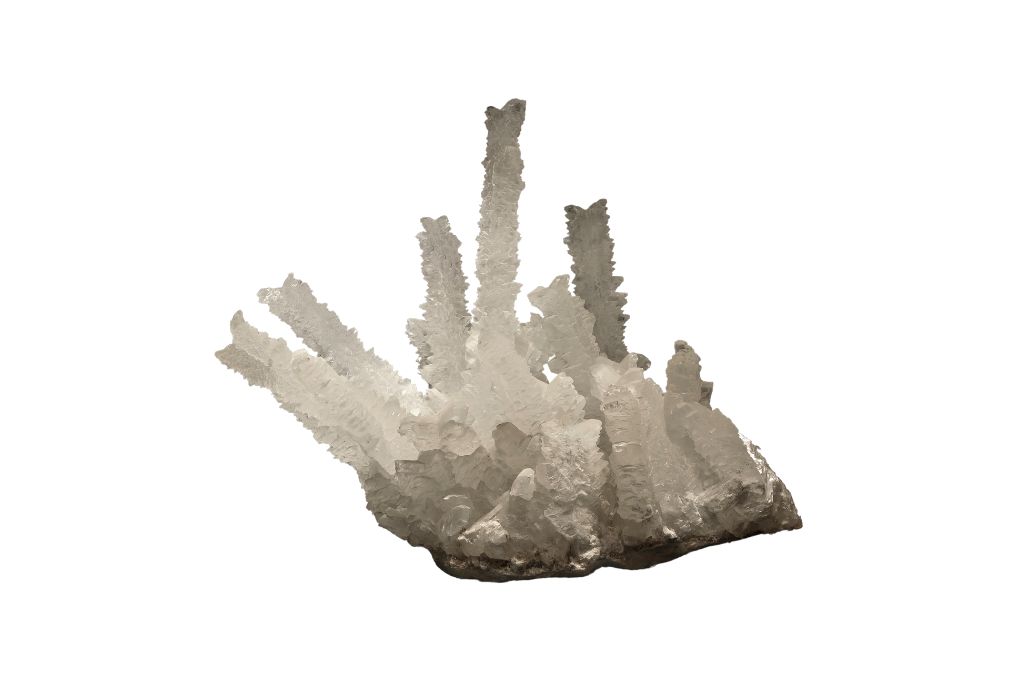
Due to its high solubility properties, this crystalline form of Gypsum is not recommended for immersing in water. Selenite slowly dissolves when exposed to moisture and produces harmful calcium and sulfate ions that harm aquatic organisms.
It is advisable to place the Selenite crystal near a bowl of water without submerging it and allow the water to evaporate naturally; this allows the energies of crystals to surround the space.
Limestone
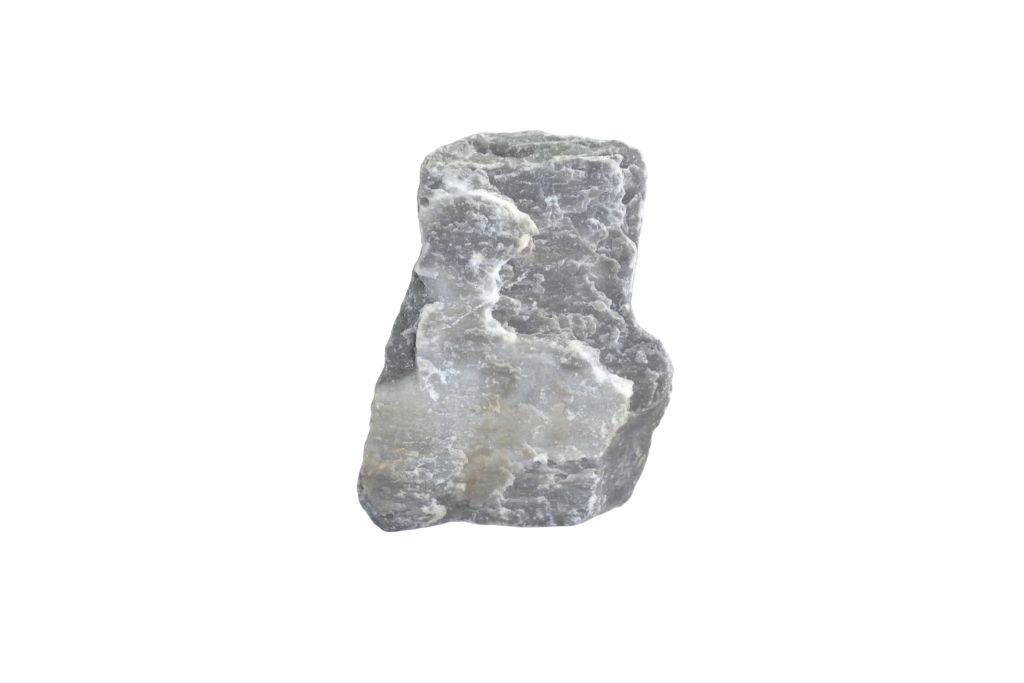
Due to its high alkalinity content, Limestone is generally not recommended to use in fish tanks. When put in water, Limestone tends to cause an unfavorable environment for fish and aquatic organisms since it raises the pH levels of the water.
Other than its aesthetic appeal, this crystal is commonly used as a building material for construction, cement production, and steel and glass manufacturing. To indirectly infuse the energies of this crystal, consider utilizing a diffuser or vaporizer.
Lepidolite
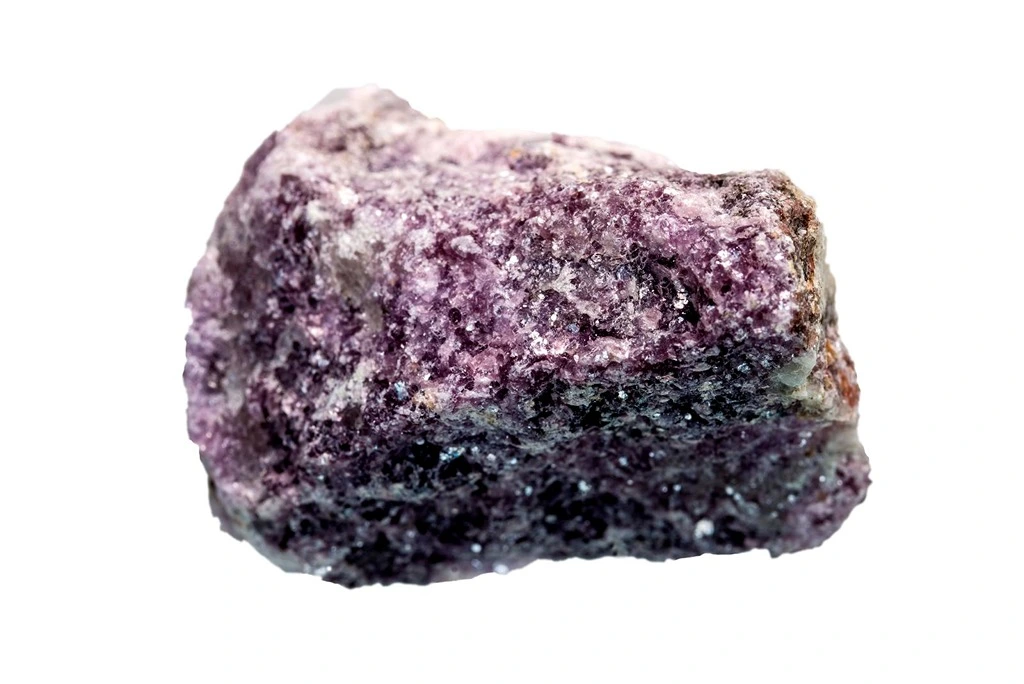
Having high levels of lithium makes Lepidolite crystal an unsafe rock for aquariums. Lithium in the water can be toxic to fish and other aquatic organisms, leading to health issues or even death.
For the crystal to release calming and balancing benefits, it should be placed near the fish tank because its proximity to the tank allows for energy emission. You may try to hold the Lepidolite in your hand while visualizing its potential energy flowing into the fish tank.
Fluorite
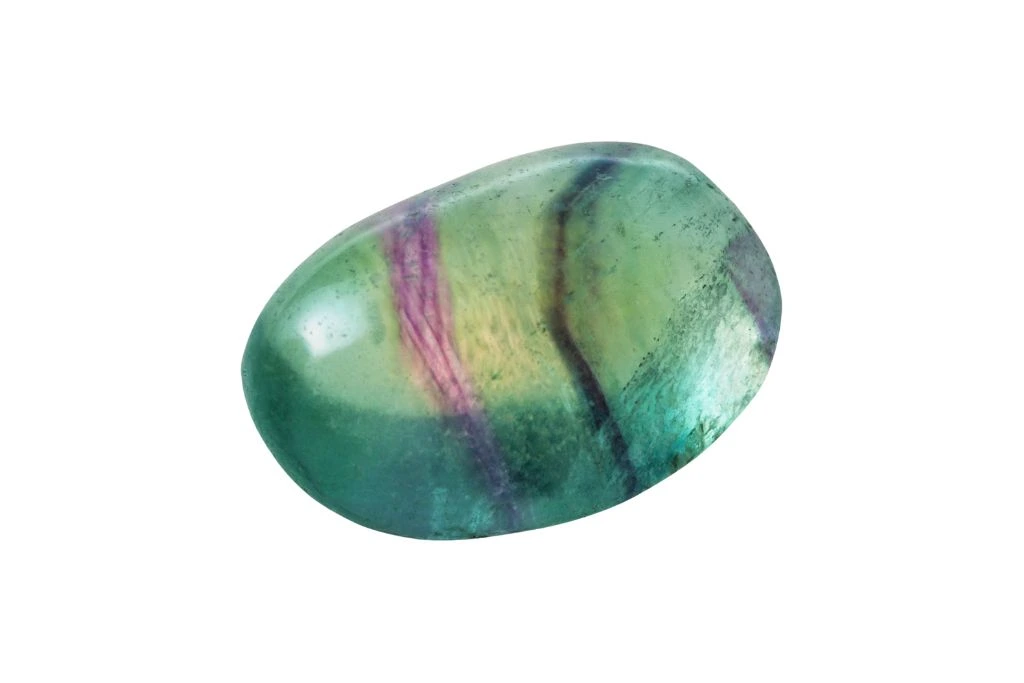
Fluorite crystal is not safe for fish tanks for several reasons. First, it can release chemicals, like calcium, into the water that change its chemistry and could hurt fish or other aquatic creatures. This crystal also degrades over time and can clog the fish tank filters.
It is utilized in making optical lenses and lab equipment. You can wear it as jewelry or home decoration if you want to surround yourself with its metaphysical properties.
Pyrite
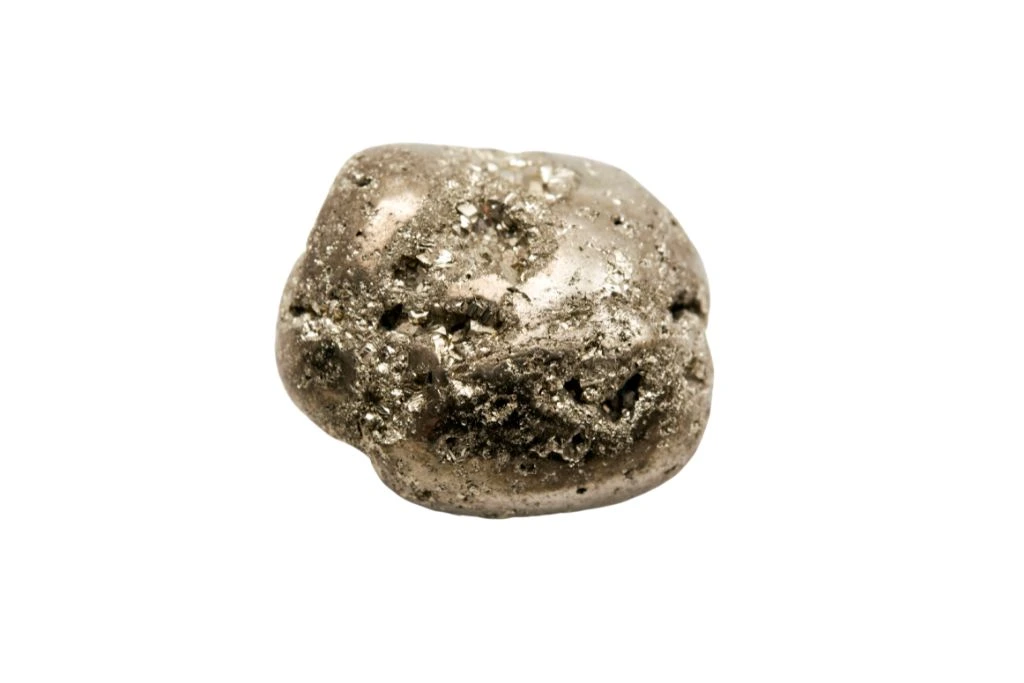
Pyrite is unsafe to immerse in aquariums due to its harmful impact on the water chemistry. This crystal is composed of iron disulfide and can release a sulfuric acid when it comes into contact with water, which can lower its pH level.
Aside from its innate beauty, Pyrite’s sulfur content can be used to manufacture fertilizers, dyes, chemicals, and pharmaceuticals. You can infuse the crystal’s energies by using “proximity charging.” Through this technique, you need to place Pyrite near other crystal forms and allow them to influence and interact with each other.
Turquoise
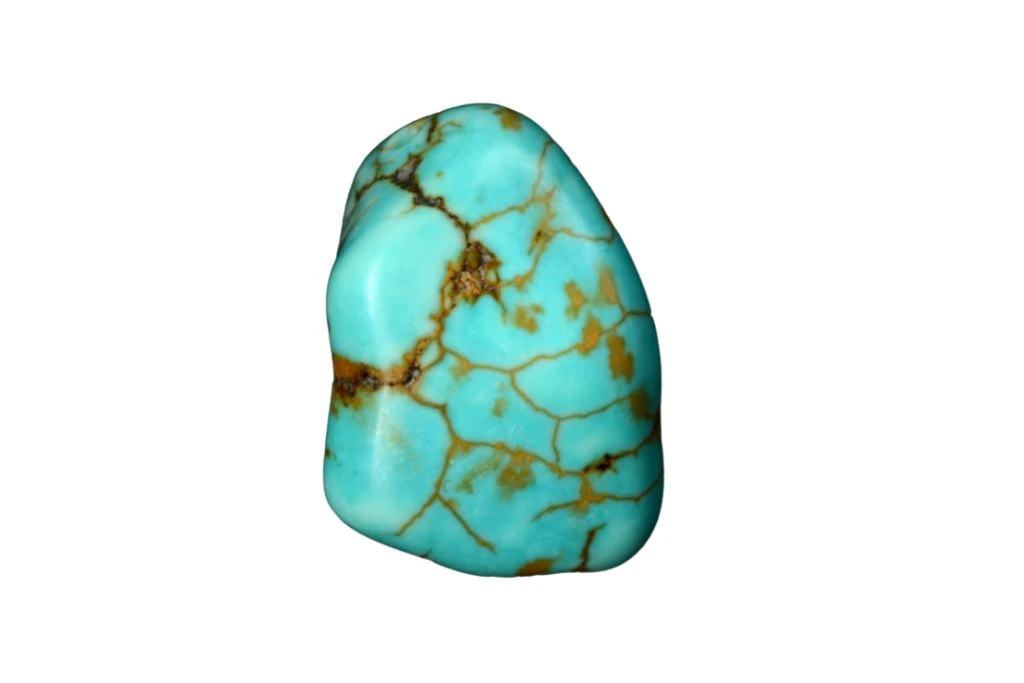
Turquoise is a porous stone that quickly degrades when exposed to water. Thus, it may lose its vibrant blue-green color and stone’s integrity over time when put into a fish tank. Others use this stone for various metaphysical and spiritual healing properties.
To indulge yourself in the crystal’s energies, you may try to use alternative methods such as Crystal Grids by arranging the stones in a specific geometric pattern and placed on a sacred space, or Crystal Elixirs whereby the stone is placed near a water vessel for it to absorb the water’s beneficial properties.
Malachite
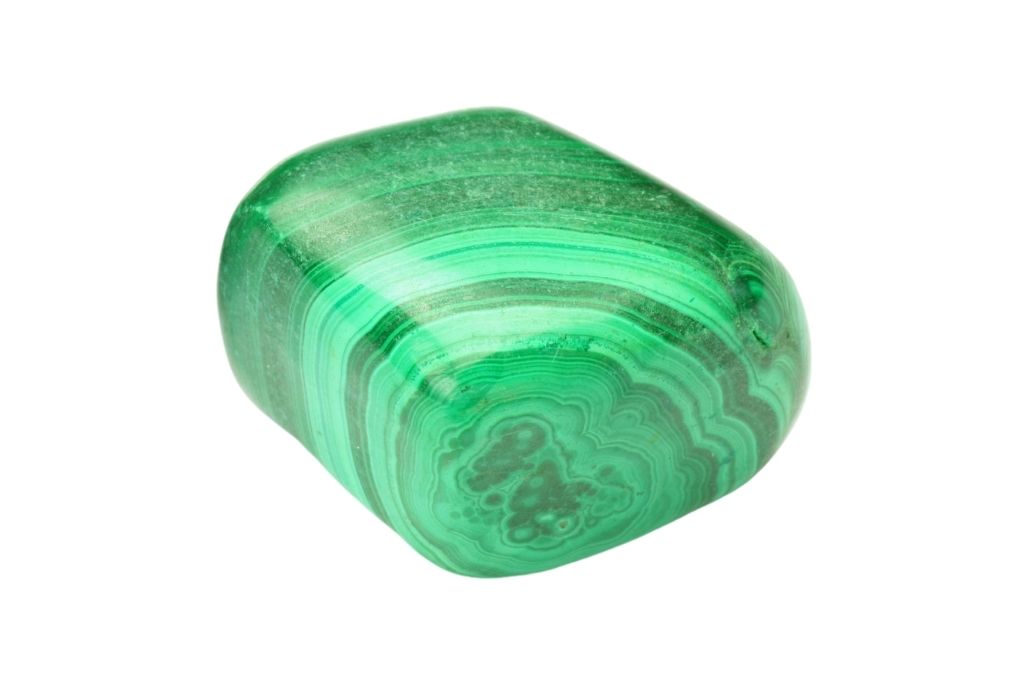
Malachite is potentially toxic when incorporated into the water, for it contains copper that releases copper ions into the aquatic environment. This makes the stone more purposive for crystal healing and spiritual practices. It balances the Heart Chakra, assists emotional healing, and promotes transformation.
You can explore alternatives to infuse the crystal energies. One technique is to use Malachite jewelry or small Malachite figurines as decorative pieces in your space.
Azurite
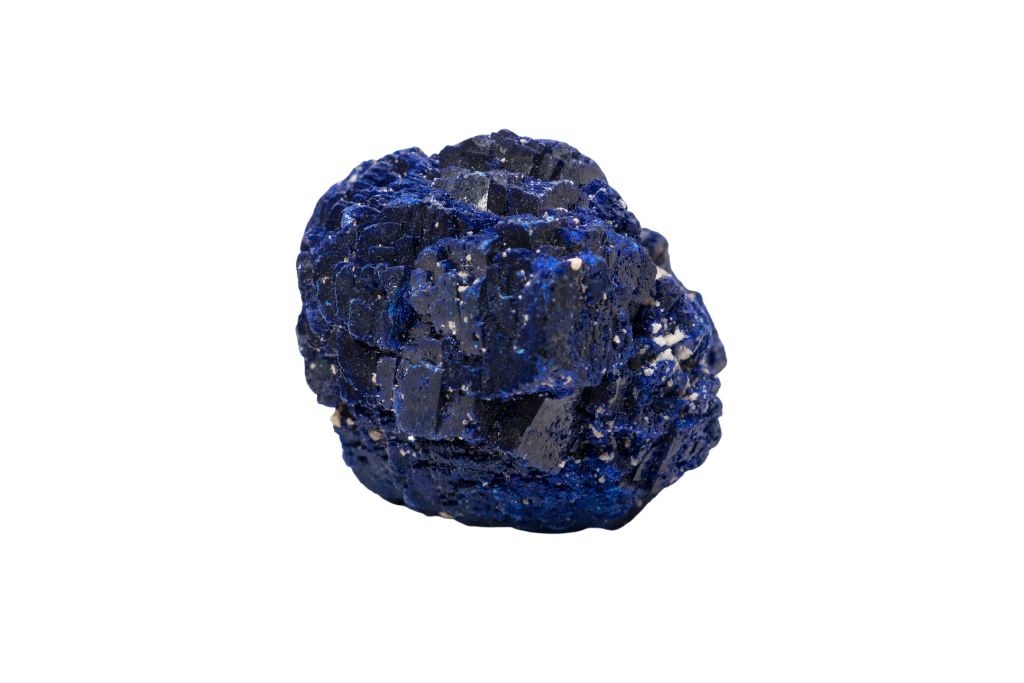
Due to its composition, which contains copper, Azurite is generally not safe to place inside aquariums. Copper is usually hazardous to your fish, which may lead to their illness and death. Thus, Azurite is more recommendable to use in the field of jewelry and gemstone collecting.
It is advisable to infuse the stone’s energies by creating a crystal grid or using other methods, like placing Azurite near the aquarium and letting it influence the surroundings with its positive vibes.
Calcite
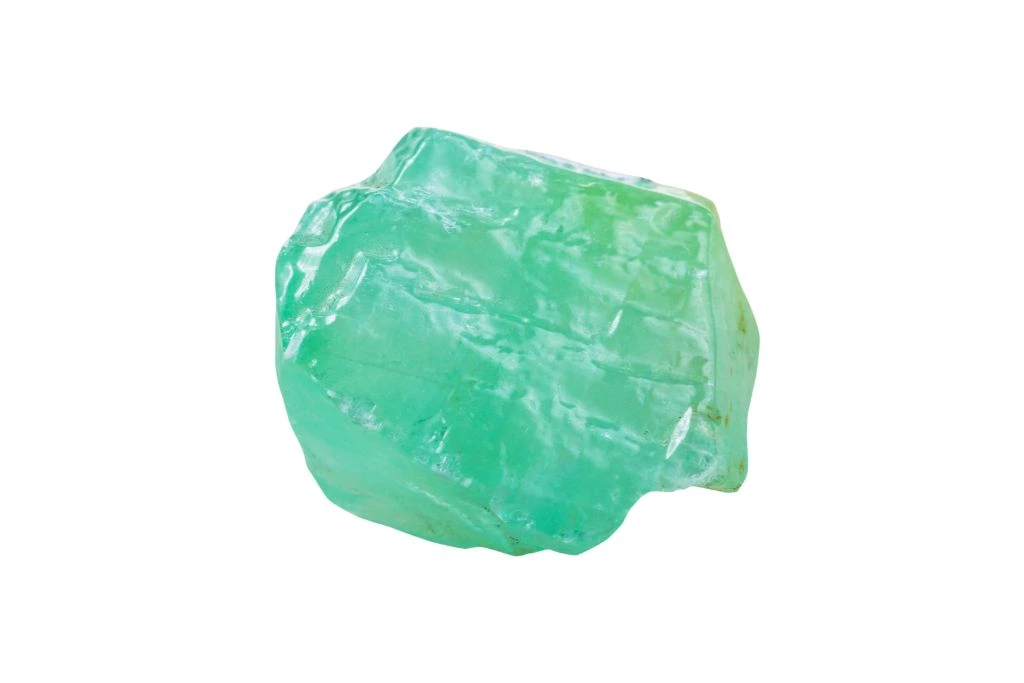
This stone affects the pH balance and overall quality of the fish tank water, which is harmful to fish and other aquatic organisms. With this, others used Calcite in the construction, agriculture, and pharmaceutical industries.
Since Calcite is considered an unsafe aquarium rock, you may infuse the crystal energies without soaking it in the water by incorporating it into jewelry or accessories. You may also place a Calcite near or around you to allow its positive energy to blend with your surroundings.
Dolomite
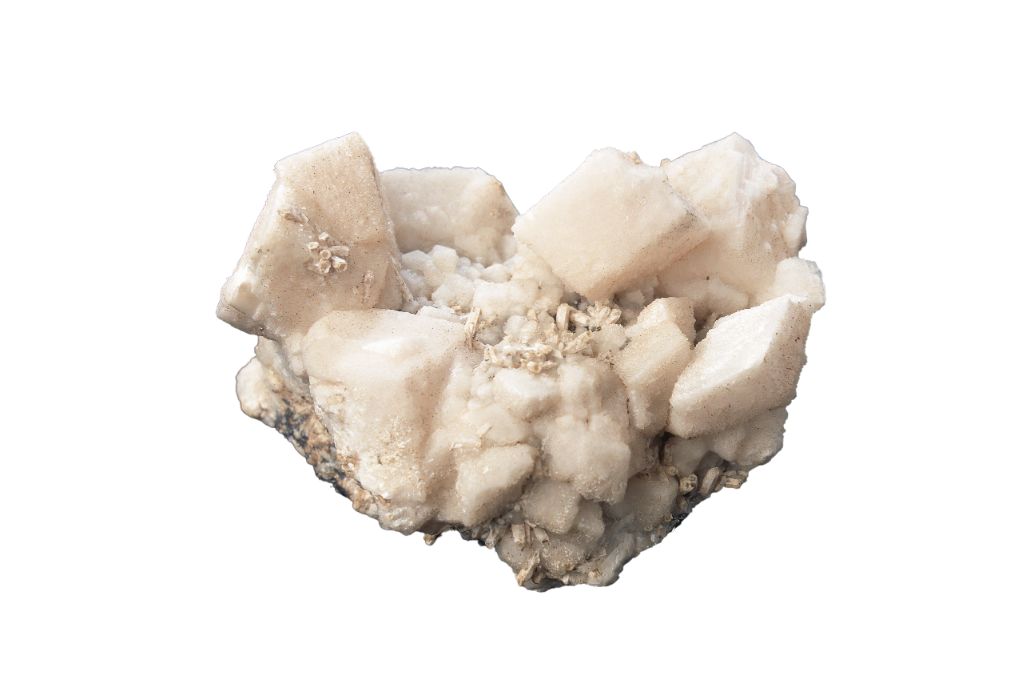
Dolomite is renowned for possessing an attractive appearance but is considered unsafe for your fish tank. This crystal raises the pH level of the aquatic area and releases harmful magnesium and calcium, which is unnecessary for the health of fish and other underwater organisms.
With this, others prefer to use Dolomite in the construction industry as an aggregate in concrete, manufacturing ceramics and glass, and the agricultural sector. But there are other ways to let its energy affect your fish tank. You can place Dolomite near your aquarium to let it influence the space’s visual aesthetics and energy flow.
Geode
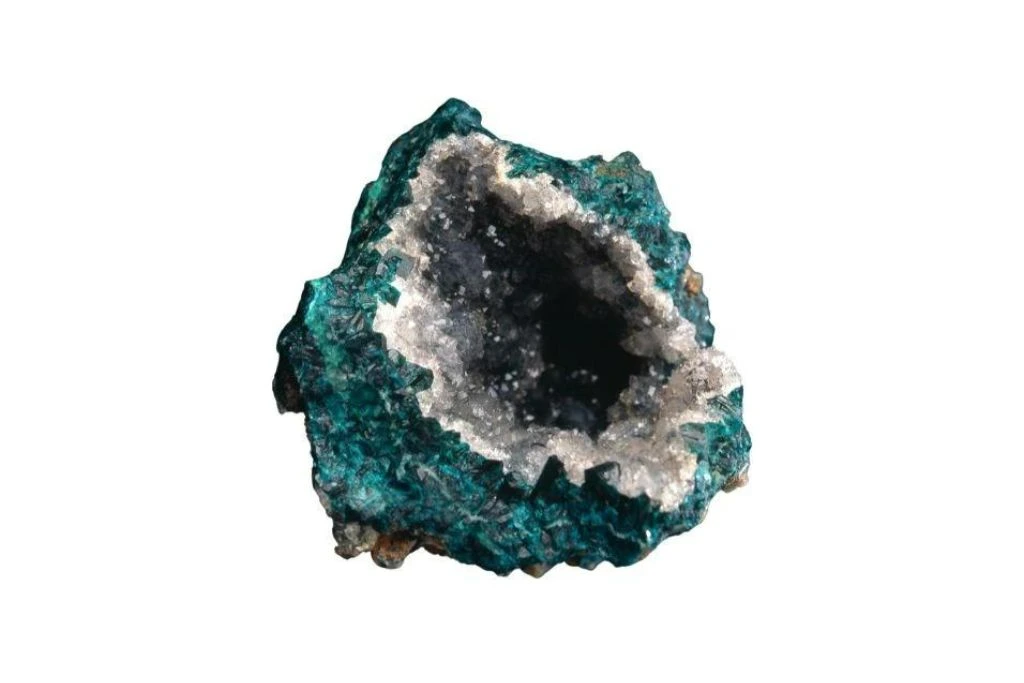
While Geode is often admired for its aesthetic beauty, this stone is generally unsafe to incorporate directly in a fish tank since it contains minerals and chemicals that alter the water chemistry that harms aquatic life. This makes Geode more significant when used in spiritual and metaphysical practices.
You may use Geode for meditation, but to unleash its incomparable energy vibes, consider using several techniques called “indirect charging” or “programming.” The process involves putting the stone near and above objects or elements that resonate with your desired energy.
Rough Or Raw Stones
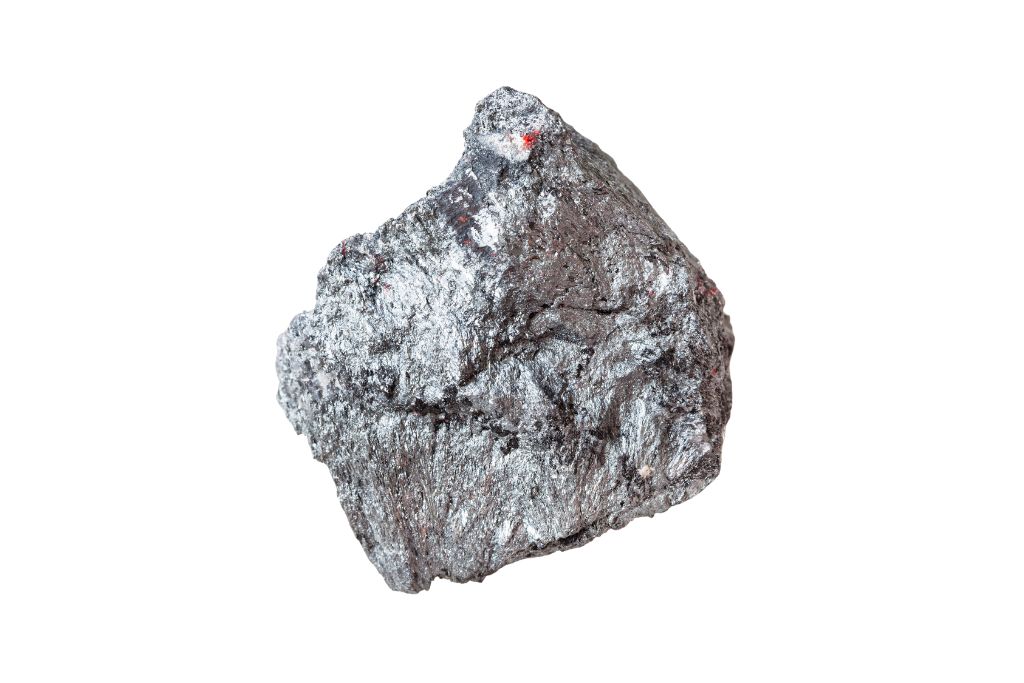
Rough or Raw Stones have sharp edges and uneven surfaces that can injure fish or possibly damage their delicate fins, making them an unsafe choice for aquariums. But you can still enjoy the stone’s benefits when utilized in crystal healing and energy work.
This stone is believed to possess unique vibrational properties, and for you to unlock those, you can create a crystal grid by arranging the rough stones in a geometric pattern or design in a location where you want to benefit from the energy of the stone.
FAQs
Can You Put Crystals With Fish?
Yes, as long as they are non-toxic and will not alter the water chemistry in your fish tank.
How To Put Crystals In A Fish Tank?
First, clean the crystals thoroughly and securely place them in the tank. Check the pH water before and after placing the crystals.
How To Prevent Algae Growth Over Crystals?
Take steps to stop algae from growing on the rocks in your fish tank. Clean the crystals before putting them in the tank. This gets rid of the biological materials that help algae grow.
Place crystals in areas with little light to limit their exposure to sunlight. Lessen the amount of light to stop bacteria from growing. Changing the water often and getting rid of algae can also help stop algae growth.
What Not To Put In A Fish Tank?
Avoid putting sharp objects, toxic substances, and materials that release harmful chemicals.
How To Check The Water Ph Before And After Placing Crystals?
Use a pH testing kit or meter to measure the water pH before and after placing the crystals.
Conclusion
The comprehensive review in this article will enable you to explore various types of crystals in fish tanks. It categorized crystals into two groups: those that are aquarium-safe and those that pose potential risks. Knowing the difference between the two will help you make informed choices when selecting the perfect aquarium-safe crystals.
